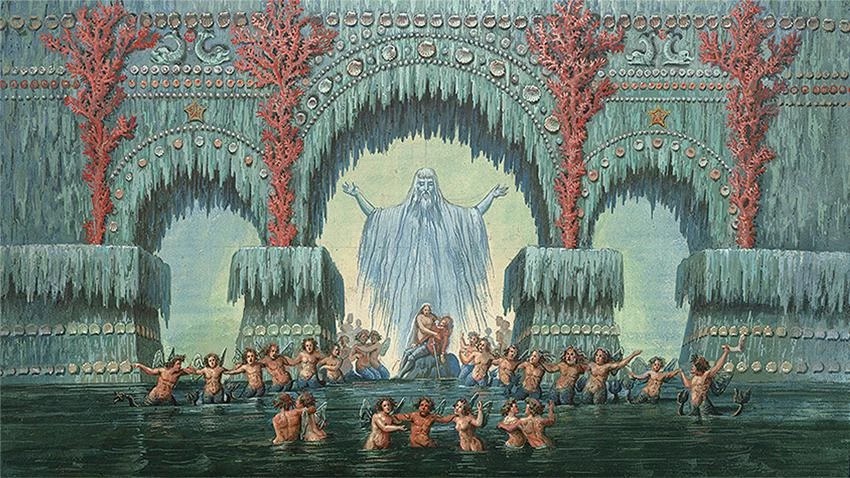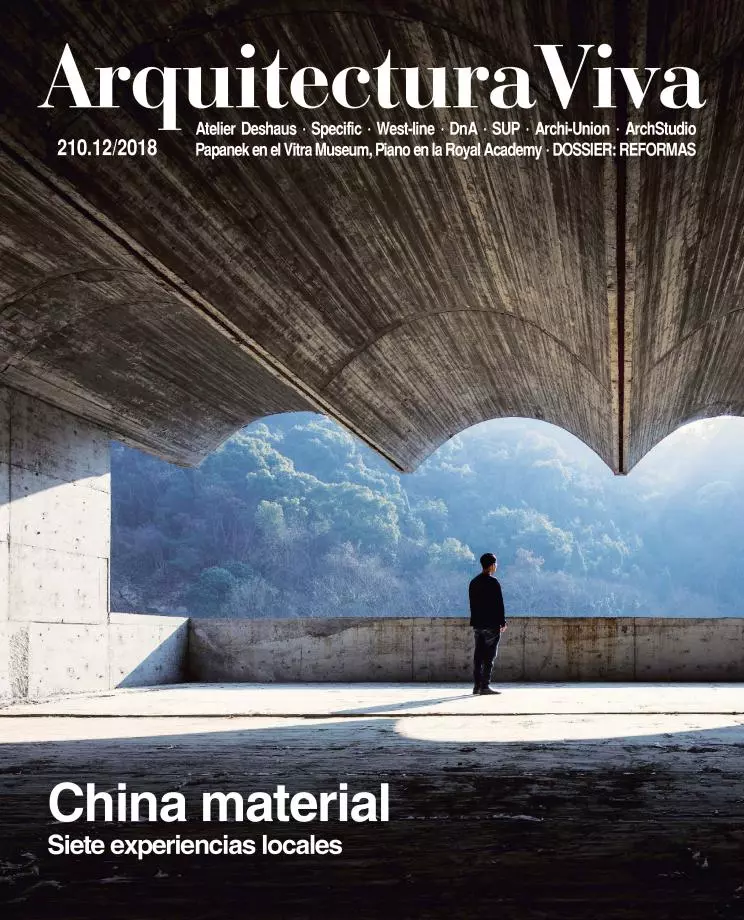
Professor Forster’s study on the German architect and his art is written with deep admiration and exquisitely edited with nostalgia, with a deployment of small illustrations of a slight sepia tone; the only concession to current tastes is in the thick letters of the chapter introductions. Forster dodges the great documental legacy and vast photographic archive of the work of Karl Friedrich Schinkel, sewing his narrative with stitches that come and go in an endeavor to reveal the milieu around KFS. The author proposes a kind of hermeneutic circle whereby readers can delve into the period and context, and put themselves in the shoes of the protagonist when he was trying to interpret his times and make sense out of his own art. Forster’s admiration for Schinkel is contagious, as is Schinkel’s admiration for his world, so background details take front stage.
With this book Forster expands his own contribution to interest in early-19th-century German Romanticism, two hundred years later and at another century start; an interest which has been giving new nuance to negative clichés weighing upon German idealism, often considered the cradle of an irrational movement, and of an art which at its worst was rigid and twee.
Forster shows us a Berliner who transfers to the emerging Prussian kingdom’s grand and small architectures the impassioned efforts of the romantic writers of the Jena Athenaeum, who were trying to inject their literature with the spirit of the most authentic Greeks, such as the Schleiermacher of the still canonical Plato translations or the Hölderlin whose poetry would dazzle Heidegger. The history that Forster weaves with numerous anecdotes, personalities, and illustrations clarifies for us the seemingly contradictory relationship between a desire to ‘Greekify’ the world of the nascent 19th century, returning to the purest classicism, and an unabashed admiration for the Gothic landscape. Forster amuses himself in KFS’s experience with the city as spectacle, cultivated in his paintings of panoramas, those immense paintings long gone which were relished as popular attractions, deployed like a spectacle enveloping the spectator. And also in his stage sets of romantic sceneries, and of architectures or ruins for theatrical works of the moment or for operas, including Mozart’s The Magic Flute. And an excursus through the field of psychology throws light on how Schinkel’s landscapes relate with Caspar David Friedrich’s and those that the painter and physician Carl Gustav Carus experienced already as representations of the unconscious.
A Meander Through His Life and Work is the subtitle given to this story of comings and goings through the Schinkelian labyrinth of architecture as an idea, landscape as a pictorial theme, and the 19th century as a project, the project of architecture as a classical and Mediterranean dream. In a poetic coincidence, the Maeander was the river that flowed into the port of ancient Miletus, where Greek mythical thought led to the wisdom of reason on one hand and to the indefinability of spirit on the other.






